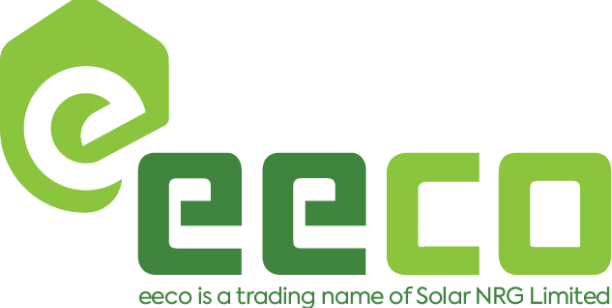Should You Get Solar Panels Installed;
Environmental Impact of Solar Energy
According to an estimate by the journal – Renewable Energies Info, the surface of the Earth
bathes in sun irradiation at a rate of 120,000 Terawatts, which is “which is 20,000 times
more electricity than what the entire planet requires.”
A photovoltaic system may include a solar panel as one of its components.
Solar panels, called photovoltaic, can convert the Sun’s rays into usable electricity, which can
utilise to power homes and businesses. Solar energy is produced by the Sun’s light (referred
to as photovoltaic energy) and warmth (referred to as solar thermal energy) to produce
either electricity or heat. Solar energy is superior to other forms of energy since it comes
from the Sun, cannot be depleted, and can constantly be replenished. Panels and reflectors
are used to collect it. These panels may be used as a backup power source to augment the existing
energy in a building or as the primary power source in remote locations.
In addition to its usage in home and commercial settings, solar energy also sees
widespread use in industrial environments. In this scenario, a vast solar
array, also known as a solar farm, consisting of thousands, if not millions, of solar panels, is
constructed to supply large metropolitan populations with power.
How much land is used to generate solar power?
The value of the land necessary for solar projects will continue to rise as the industry grows
and states examine significant increases in solar penetration. Solar development, if well
planned, may have positive effects not just on the environment but also on the residents of
the surrounding areas. Consider the vast potential for the production of solar electricity that
exists in the United States.
The amount of sunshine that falls on the continental United States in only five minutes is
sufficient to satisfy our nation’s need for electricity for an entire month. The southwestern
region of the United States has an abundance of high-quality solar energy resources that may
use on a utility scale. Solar power on a utility-scale could provide electricity for the whole
United States while using just 0.6% of the nation’s land area, reports from the National
Renewable Energy Laboratory.
Without the availability of electricity, there would be no room for innovation in the world.
You may imagine that the overall surface area of the world would need to be much more
significant for solar energy to be the only source of sufficient electricity, but this is not the
case. According to one estimate, it would need a land area that is 496,805 square kilometers
in size.
Solar energy’s environmental impact
Every method used to generate or transmit energy has some effect on the surrounding
ecosystem. Renewable energy sources are far less hazardous than fossil fuels and nuclear
power, making them an attractive alternative for addressing various environmental and
societal concerns. Let’s discuss solar panels’ influence, both positively and negatively.

Environmental pros and cons of solar power
The use of solar energy has other positive implications for the environment, including a
reduction in greenhouse gas emissions (mainly CO2 and NOx), the prevention of hazardous
gas emissions (SO2, particulates), the reclaiming of polluted land, a reduction in the number
of transmission lines required for electrical grids, an enhancement of water resource quality,
an increase in regional/national energy independence, the creation of considerable job
opportunities, diversity, and segregation of the workforce, and an increase in
regional/national energy independence.
When you create your power using solar panels, there is no need for concern about
budgeting for that energy, which means your monthly electricity costs will go down. It may
reimburse you for any extra points returned to the grid.
In addition to reducing the amount of money you spend on electricity; solar power is also an
excellent source of income. Because of a concept known as “net metering,” it is possible for
you to make a profit by selling the extra electricity that your solar panels produce. With the money you save on your monthly power bill and any additional incentives, the money you
obtain from net metering will pay for the system.
Solar panels, like anything else, have their share of drawbacks, including a high initial
investment cost, providing only intermittent sources of energy, and so on. It is unsuitable if
you want to move since it requires a large amount of space, yet it does not produce much
pollution during production, transportation, or installation.
Compared to coal as a primary source of energy production, solar energy is roughly 20 times
more environmentally friendly per kilowatt-hour (kWh) produced than coal.
In contrast, wind energy is approximately 80 times more environmentally friendly than coal.
However, solar power will continue to shine for the foreseeable future since the Sun has
another 6.5 billion years of life left, as estimated by NASA. Solar technology has advanced to
the point that it can compete with traditional methods of power production in certain
nations in a concise amount of time. It will make up the bulk of a globally viable energy
system in a few decades.
Furthermore, there has never been a better moment to develop solar energy since the Sun
provides enough light and heat to the Earth each hour to meet world demands for a whole
year.
In other words, solar radiation can supply our energy needs 4,000 times.


